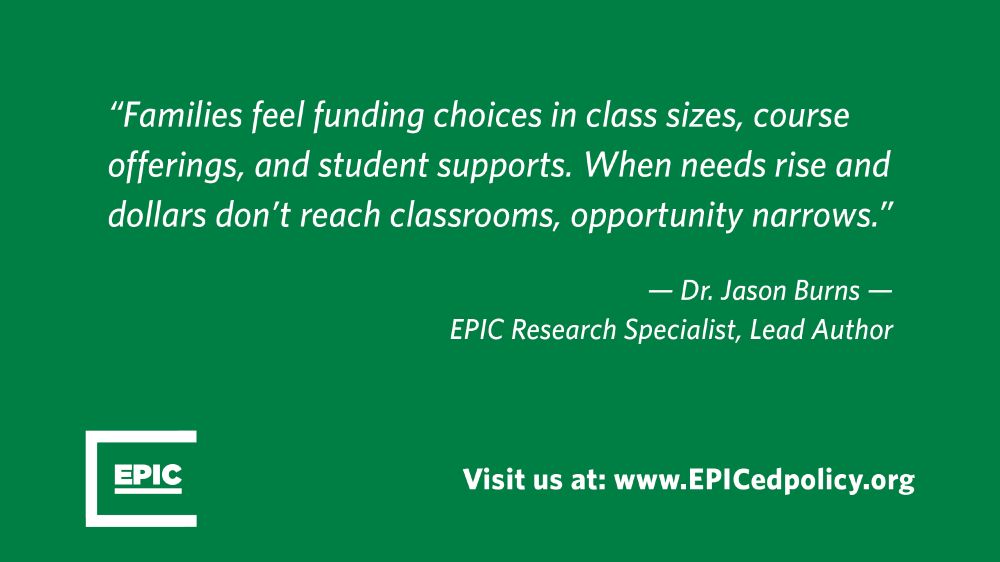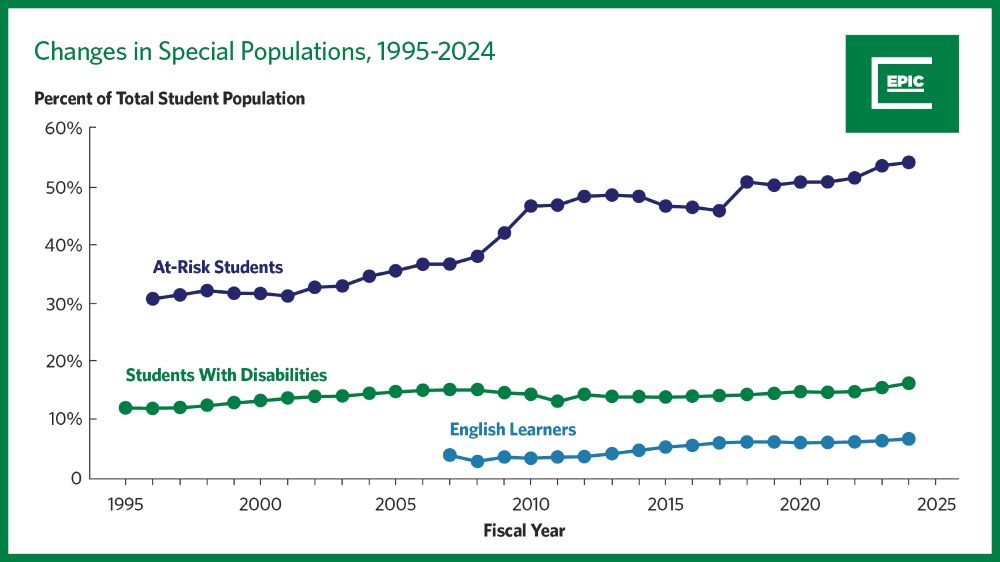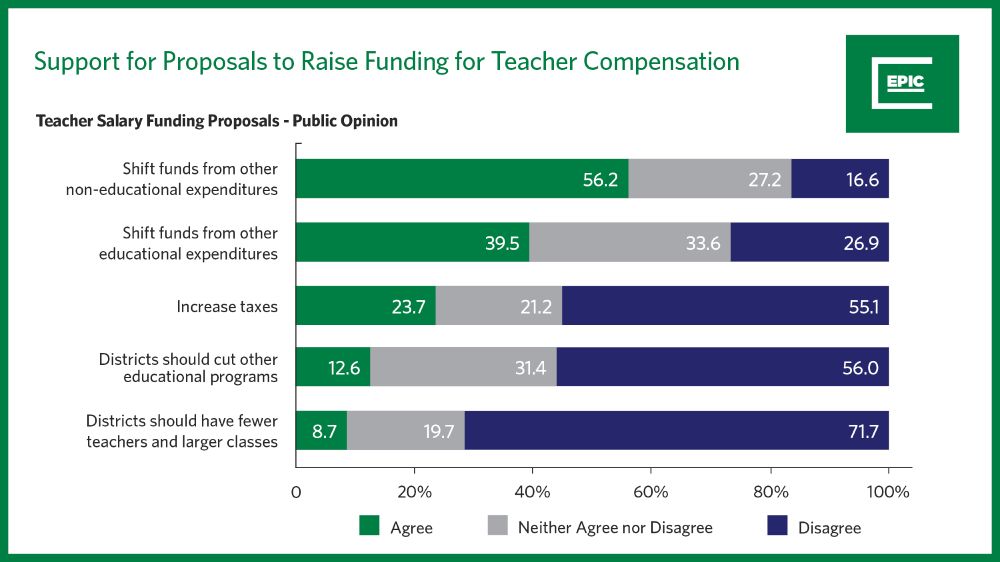








1- 73 % back more state funding for K-12 education.
2- A majority favors shifting $$ from non-education budget areas.
3- Fewer than 1 in 5 would cut school programs or grow class sizes.

1- 73 % back more state funding for K-12 education.
2- A majority favors shifting $$ from non-education budget areas.
3- Fewer than 1 in 5 would cut school programs or grow class sizes.



✅ GYO School Staff Grants
✅ Talent Together
✅ EXPLORE elective courses for middle/high school students
✅ LAUNCH credential programs for high schoolers
Each program uniquely supports different pathways into teaching.
✅ GYO School Staff Grants
✅ Talent Together
✅ EXPLORE elective courses for middle/high school students
✅ LAUNCH credential programs for high schoolers
Each program uniquely supports different pathways into teaching.




